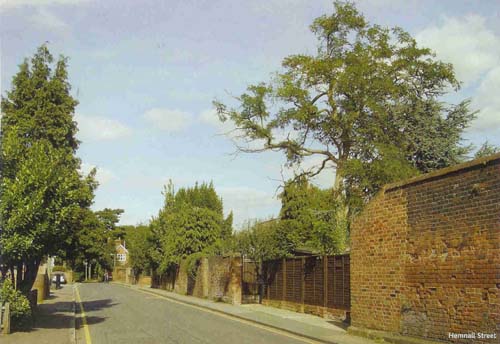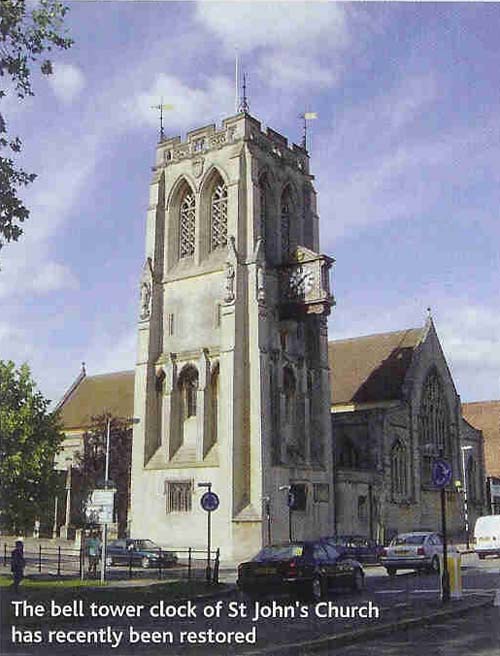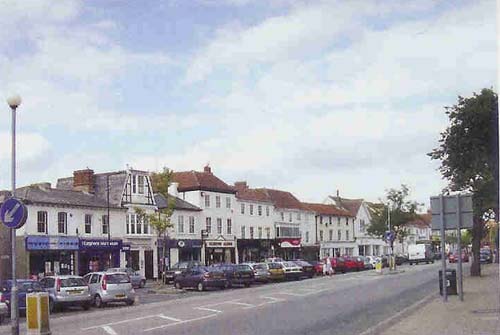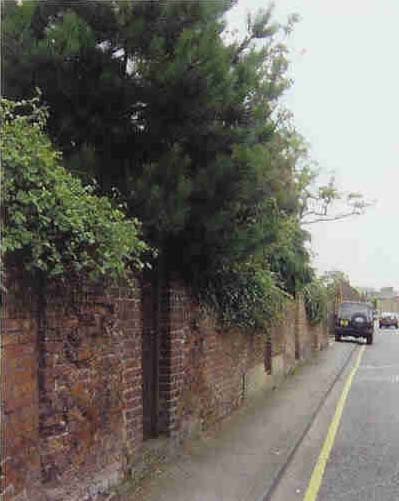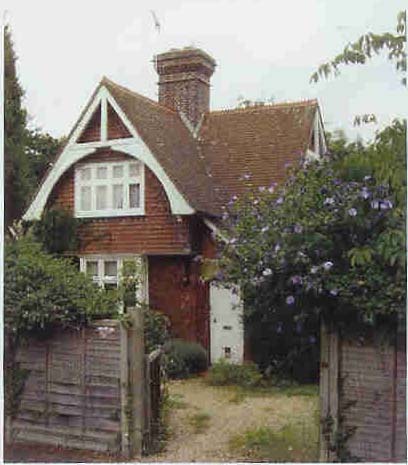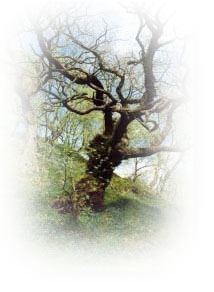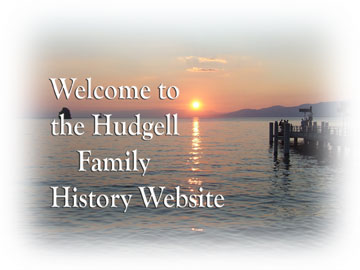
|
Epping: Life & Times |
|
|
|
An important trading centre, Epping has enjoyed a weekly market for hundreds of years, selling dairy produce, livestock - and women? By Susan Homewood |
|
Settlements in the Epping area date back to Saxon times. A Small community of a few scattered farms and a chapel on the edge of the forest, Epinga is mentioned in the Domesday Book of 1086, Epinga was probably what we now know as Epping Upland, being situated on a high ridge north of Epping Forest. In 1253, King Henry III granted people the right to hold a market in Eppinghethe (as in Epping Heath), later called Epping Street, and now simply Epping. The town grew from the Tudor era onwards, initially along the high street and in nearby Hemnall Street. Many coaching inns opened - this being an important route connecting London with East Anglia. Unfortunately it was also a route frequented by highwaymen, including Dick Turpin - who is said to have shot a forest keeper in 1737. The last recorded highway robbery took place in 1837 when a local solicitor was robbed by three men. Famous people known to have stopped at Epping include the writer Samuel Pepys in 1660, Kind Charles II in 1684 and Queen Anne in 1705 and 1707
|
|
|
To this day, the high street retains many of its old buildings. There are a number of 17th and 18th century cottages lining both sides of the high street and the Thatched House, the Black Lion and the George and Dragon were all once coaching inns. A road toll was introduced in the late 18th century and the southern tollgate was near the Theydon Road turning, past Bell Common. At that end of Epping are many more cottages of historic interest, the earliest of which date from around 1600. A grander pair of 18th century houses are set back from the High Road near Bury Lane. An earlier house on the site of Winchelsea House was one of Epping's original manor houses, while Epping Place was the town's largest coaching inn in the 18th and early 19 centuries. It was also a Posting House, where mail was delivered and picked up by coaches. Epping market flourished, having moved quite early on in the centre of town from its original place near All Saints', Epping Upland. It was most noted for its dairy produce and for its port. In the 145th century, a market house and a building called the butter cross had been erected in the middle of the high street; they stood until 1845 when they were no longer needed so were demolished. All kinds of things were sold at Epping market. By the 1830's one or two men were even known to have sold their wives there!
'Made in Epping - the iron railings of Buckingham Palace and the Embankment's lampposts'
The Victorian era saw further development in the town and some important high street businesses founded at that time lasted well into the 20th century. William Cottis & Sons, ironmongers, played an important role in the town from 1858 until 1969. They made the iron railings, gates and drain covers for most of the Victorian and Edwardian-built houses in Epping and manufactured the bricks for many of them too. They produced agricultural implements which were sold worldwide and, later, lawn mowers and bicycles too. Their greatest acumen, however, was to have supplied the railings for Buckingham Palace, and the lamp posts along the Thames Embankment. The Halifax Building Society stands on the site of the home of the explorer and botanist Henry Doubleday (1808 - 75), th4e son of an Epping grocer. With his brother Edward. Henry spent much of his childhood collecting natural history specimens in Epping Forest. Doubleday's moth collection is held in the Natural History Museum. The importance of Epping's weekly market may have dwindled during the 20th century but it remains a permanent fixture. Livestock trading ceased in the early 1960's and it is difficult to imagine how different the town would have sounded in the days where - with no motor vehicles - the high street would have bustled and clattered with the sound of heavy wooden crates, baying animals, loud bartering voices and much laughter.
|
The Thatched House, the Black Lion and the George and Dragon are former coaching inns'
|
|
Published In WEST ESSEX LIFE Issue No. 028 September 2005 Another article written by Susan Homewood and published in WEST ESSEX LIFE Coopersale Uncovered by Susan Homewood (West Essex Life December 2004) Local resident Fred Brown has chronicled the history of Epping and Coopersale, particularly with regard to its people. He has written four booklets which although now out-of-print, may still be read here |
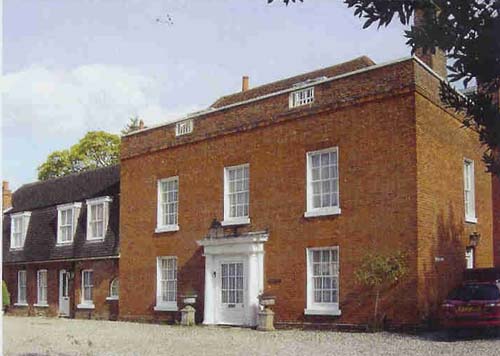 Pine View Manor |
Pamela Bishop ©2002 - 2006 All rights reserved
last updated 14/08/2006 01:00
